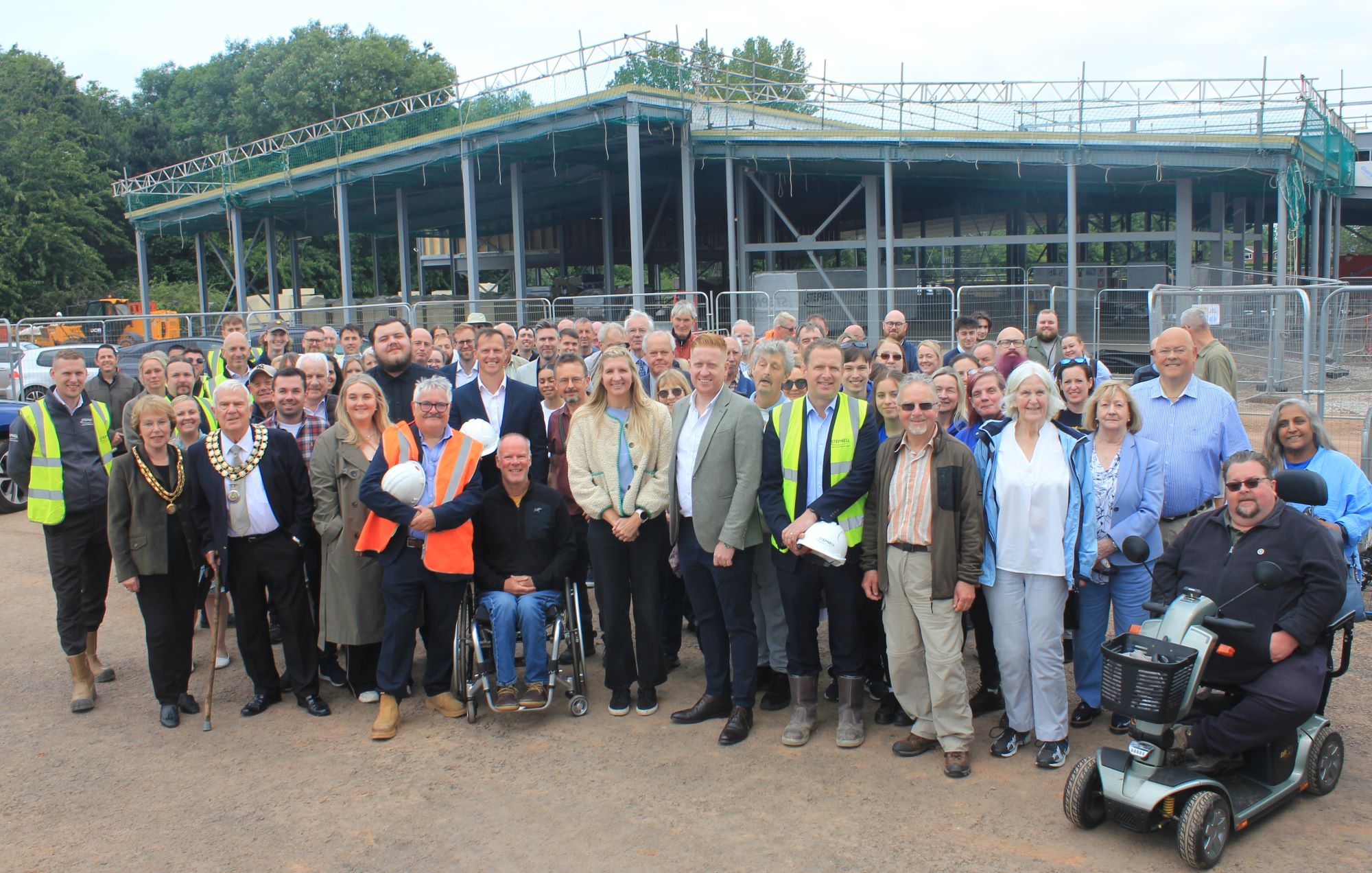Category: Construction
When developing land, it is important to understand the implications it may have on wildlife and natural habitats. Badgers can be a common issue, and, as a protected species, the Protection of Badgers Act 1992 sets out how badgers and their setts (tunnels and chambers where they live) must be safely accommodated for.
Sheona Green, sustainability manager gives advice on the appropriate measures to avoid, mitigate and, as a last resort, compensate for any negative effects on badgers.
It is an offence to take, injure or kill a badger. It is also an offence to intentionally or recklessly damage, destroy or obstruct access to a badger sett. This includes any disturbance within 30 metres of the sett.
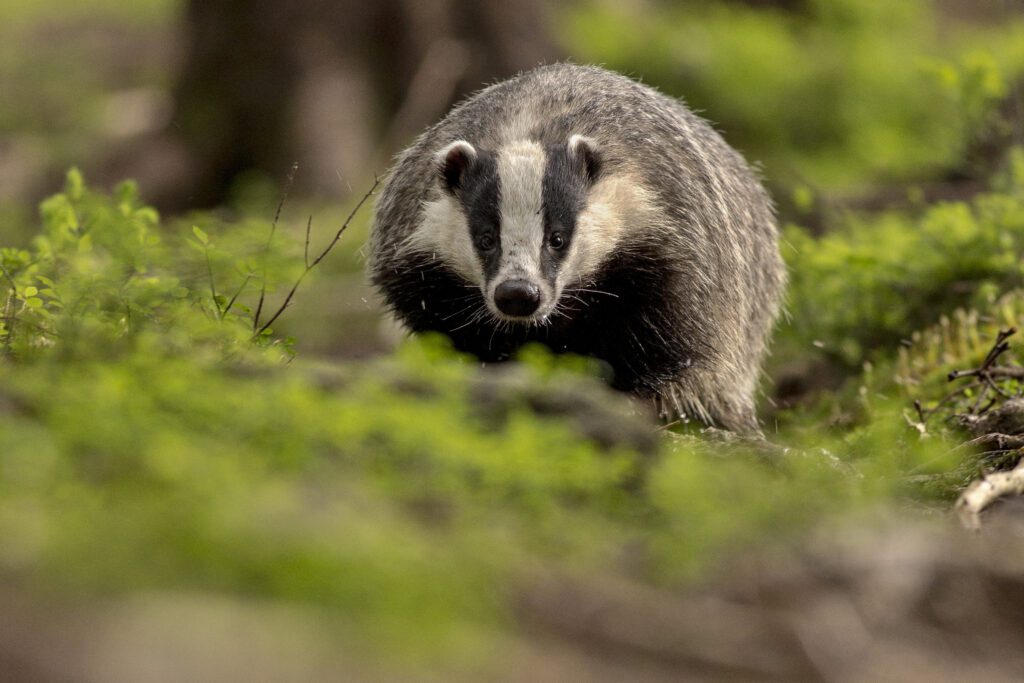
An ecology report will identify whether badger activity is suspected on site. A further survey may then be required. If a badger sett has been identified on the site then the ecologist will initially determine the type of badger setts (part of the main sett, an outlier sett, or a subsidiary sett). They’ll also determine whether the sett is currently in use. Even if it’s not currently occupied, if there are signs of badgers nearby, the sett remains protected.
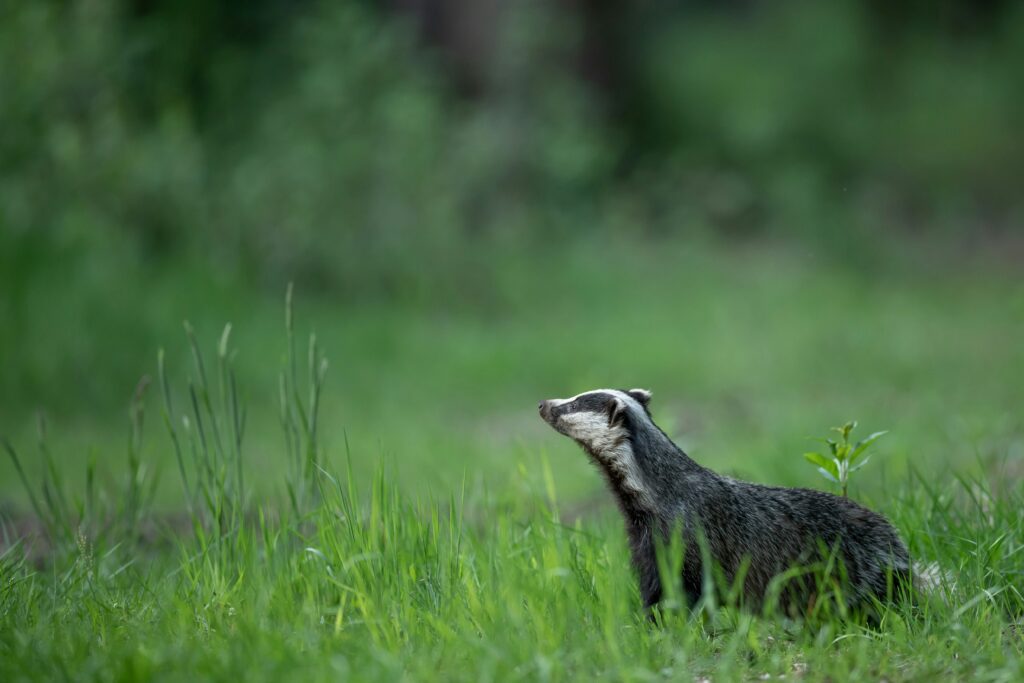
If you can accommodate the badger sett area safely within your development, mitigation is more straight forward. Should you wish to close the sett, you’ll need a badger licence.
RETAINING SETTS
Assuming you can retain the sett safely, including 30-metre buffer zone, the following measures are likely:
- During construction, install fencing to protect the sett area. Badgers must be able to pass underneath or through the fence.
- Don’t let artificial lighting fall on the badger sett, during or after construction.
- You might need to plant additional trees and shrubs close to the badger sett, mitigating against lost foraging areas.
- Don’t position footpaths, benches, and play areas close to the setts.
- Create unlit ‘green corridors’ to help badgers access their existing foraging habitat.
- Further compensation measures might be necessary if your development would destroy further badger foraging areas.
WHEN DO YOU NEED A BADGER LICENCE?
Should your development plan impact on the land within 30 metres of the setts, badger mitigation becomes more complex. If you’re proposing hole closures, you’ll need a licence from Natural England and if more than 50% of the identified holes and setts need to be closed, an artificial sett may be required.
Your ecologist will help you to acquire a licence and install an artificial sett. Under the terms of the licence, you’ll undertake all work between July and the end of October.
The artificial sett must be in place for six months before the original sett is closed. It’s typical to place a one-way gate over the entrance of the sett so that badgers can leave but not return. Every day for 21 days, the sett must be checked. If badgers have dug back in again, the process starts from the beginning.
Once the badger sett is finally confirmed empty and a successful 21-day period has passed, you can dig it up, under supervision. You must do this promptly to prevent badgers returning and being at risk.
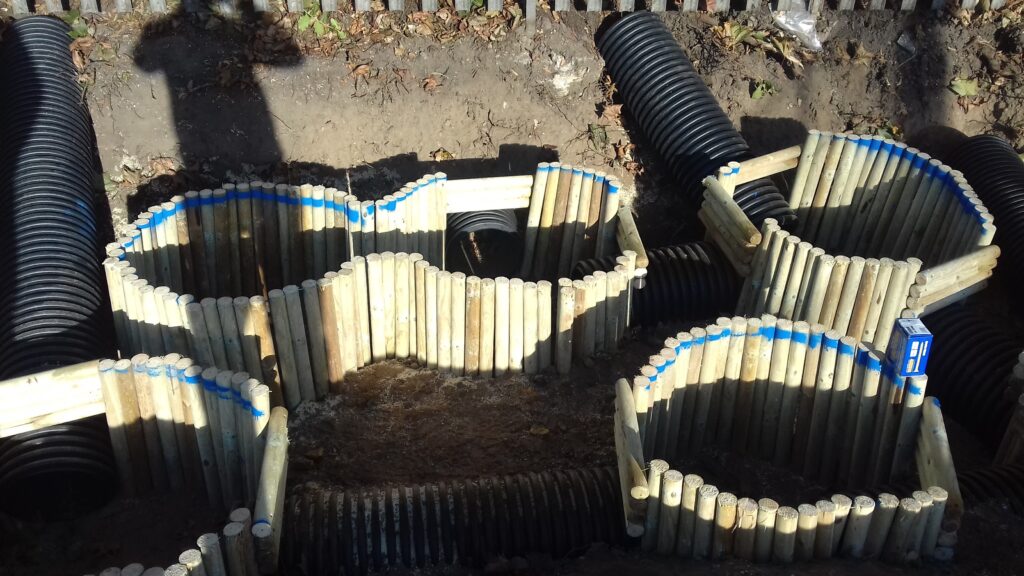
Example above of a badger relocation to an artificial badger sett on one of our projects.
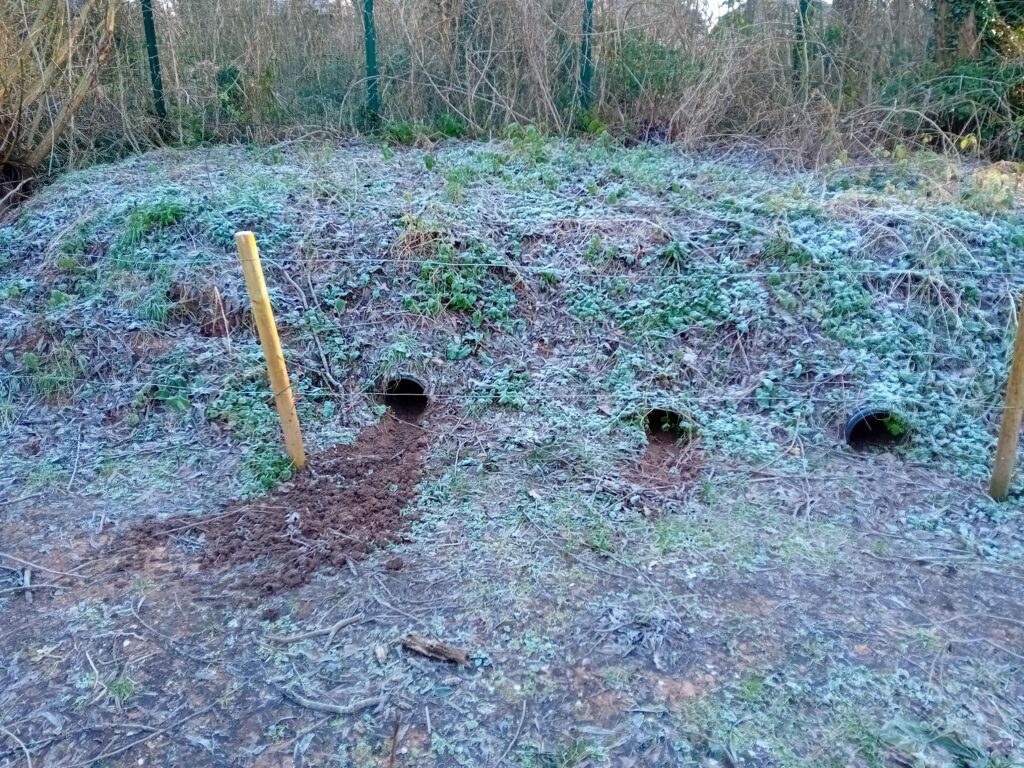
Example above of a complete artificial badger sett on one of our projects.

